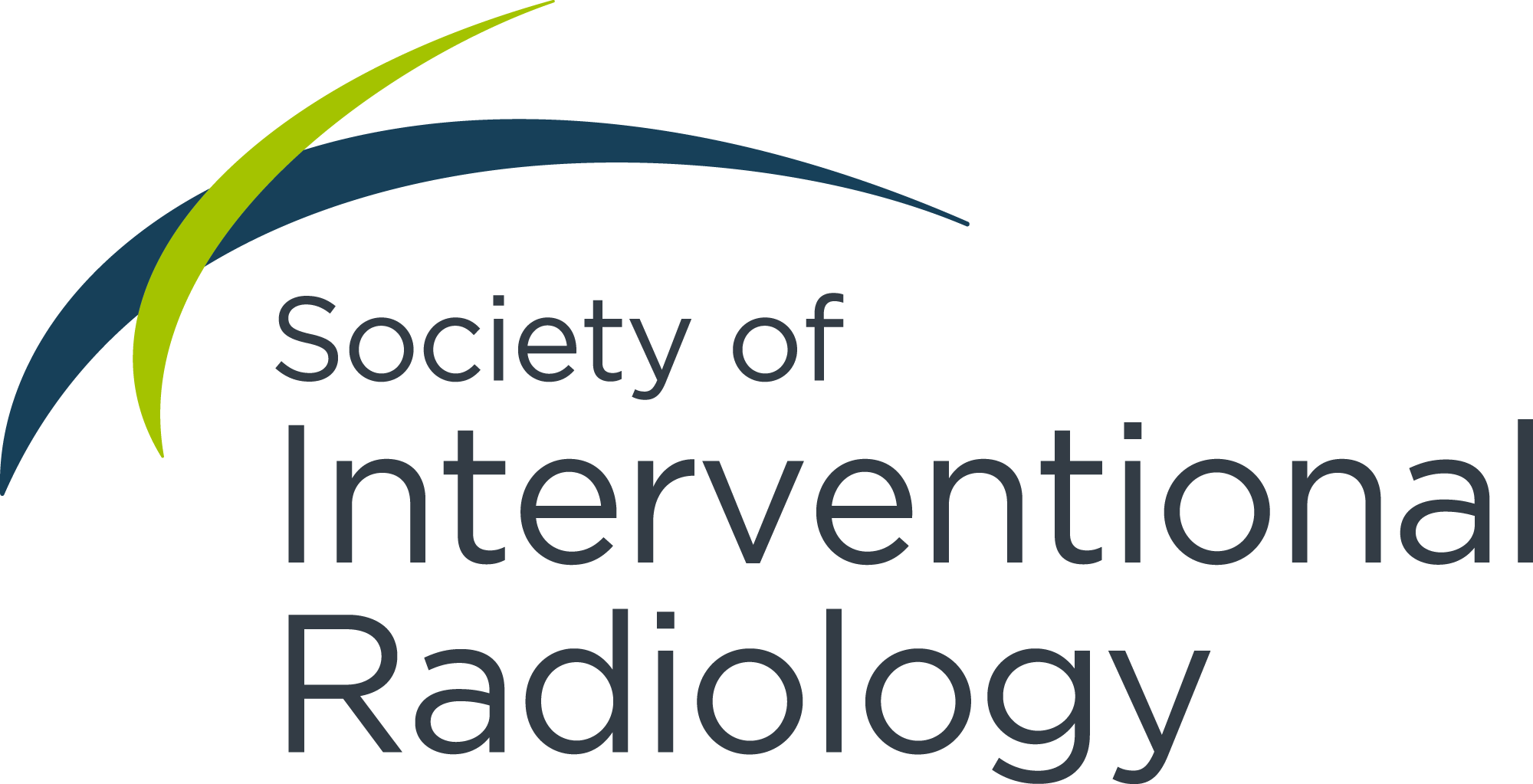The Association of Medical Colleges projects a shortage of 124,000 physicians by 2034. The demand for specialty physicians continues to outpace supply, especially in rural America. The causes of workforce shortages are multiple and multifaceted, but one can’t ignore the large impact that medical school debt has on the shortage—as well as the opportunity it offers for closing the gap.
The reality of medical school debt
Medical school debt is growing, even as interest rates rise. Mounting debt burdens impact crucial workforce decisions, such as who is willing to take on this debt and where qualified physicians will eventually practice.
“Doctors must consider several factors as they make their choices for future employment,” said Elizabeth A. Ignacio, MD, FSIR, chair of the SIR Small and Rural Practice Committee and president of the Hawaii Medical Association.
Dr. Ignacio, who is passionate about the workforce shortage hitting areas like her own state of Hawaii, pointed out that capturing and supporting physicians at the start of their career is key—especially because work-life balance, compensation, professional development and flexibility are key factors that different individuals will prioritize when choosing their career path and location.
“How do we best support our trainees so they can acquire the knowledge and skills required, while also attending to their professional and personal needs and finding fulfillment in their career?” she asked.
According to an SIR Small and Rural Practice Committee survey of 212 medical students and residents, 90% had to take out loans for medical school. Of those 90%, 54% took on debt between $210,000–$350,000. Almost 20% have taken out more than $350,000 in loans, most commonly in the $400,000 range—though some respondents had debt burdens as high as $700,000. And 27% said that they will receive debt relief aid from either their future practice or via military or government programs.

“The student debt landscape is nearly impenetrable,” said Benjamin Weber, MD, MA, a resident at the Medical College of Wisconsin. “Additionally, the perception of student loans by non-physicians is often not helpful. Yes, someday we will be in the ‘high earner’ group, but we must pay our bills now, when we either have no income as medical students or a small income (compared to loan burden) as a resident.”
Over 90% of survey respondents said their plan is to slowly pay back their debt as they work—a task that can be long and difficult.
“The resident pay is not sufficient to cover student loan interest in its current state,” said Samuel Ianuario, MD, a resident at LewisGale Medical Center. “For example, I will accrue about $2,400 a month in interest, but my monthly pay is about $3,000 after taxes and benefits are withdrawn.”
According to Dr. Ianuario, his residency period is expected to last 6 years. “No matter which plan I choose or how much I pay towards my student loan, the interest will accrue to the point where my original $450,000 loan capitalizes to over $650,000 by the time I finally make a salary sufficient enough to meet the demands of a loan this steep,” he said.
While some survey respondents, like Dr. Weber, were able to take electives offered by their medical schools that provided debt education, many aspiring physicians feel there is a significant knowledge gap on the topic.
“Whenever I express apprehension about my loan debt, I’m typically greeted with ‘it’s an investment in your future. You’ll pay it off in no time.’ Only through open discussions with my attendings have I learned some of the challenges and nuances of paying back loan debt,” said Stacy Ruther, a medical student in Arizona. “For example, one attending explained that he had refinanced his loans early on and didn’t realize this made him ineligible for loan forgiveness programs.”
Ruther said she believes that more education on the pros and cons of different loan repayment options would be incredibly valuable to medical students, especially those in a specialized field like IR.
“If we have a better understanding of our options, we can make more informed decisions,” Ruther said. “Typically, loan forgiveness options are thought to apply only to primary care specialties. I think it’s a shortcoming of our medical system because many rural areas lack specialty providers more than anything.”
Existing rural relief programs
Of the survey respondents, 80% indicated they would be willing to work in a rural or underserved community to pay back their loans, if given the option.

There are federal loan forgiveness programs that, in part, target rural workforce shortages, but IRs are eligible for only a few.
- The NHSC Students to Service Loan Repayment Program: Provided by the Health Resources and Services Administration, this program will award up to $120,000 in relief over 4 years to those working in health professional shortage areas. Recipients must provide 3 years of service at an approved site in a Health Professional Shortage Area (HPSA).
- Indian Health Service (HIS) Loan Repayment Program: Eligible physicians can receive up to $25,000 a year in loan repayment in return for 2 years of working full time at a qualifying site administered by the Indian Health System, a Tribal organization or an Urban Indian program. Participants can extend their service commitment.
In addition, some state governments offer loan repayment programs that target underserved areas, such as New York. The Regents Physician Loan Forgiveness Program will provide up to $20,000 in repayment for physicians who work in New York HSPAs for 2 years. However, IR is not an explicitly eligible specialty for repayment.
Among survey respondents, the most commonly mentioned form of debt relief is the Public Service Loan Forgiveness Program (PSLF). Those enrolled in the PSLF must work at an eligible nonprofit or government organization to have the remainder of their federal loans forgiven after 10 years of repayment. While PSLF does not specifically target rural or underserved communities, many community health centers and hospitals operate as nonprofits, thus providing viable opportunities to clear educational debt beyond higher-paying, metropolitan-area jobs.
Another key benefit of the PSLF program is that some physicians can begin accruing years of service while still in training.
“Because all of my loan debt is from federal loans, I am only applying to residencies in which residents are employees of a qualified PSLF employer (e.g., a nonprofit hospital or the VA system),” said Piers Klein, a medical student at Boston University.
The rural relief solution
Despite graduating residents’ willingness to go to rural areas, they were clear: with limited options for funding available, they were more likely to go where they could ensure income.
“My student loans, in combination with loans taken to pay for childcare during residency, feel insurmountable. The paycheck will likely dictate my career choices,” said one survey respondent, a PGY-6 resident who wished to not be identified.
After years of practice, mid-career and later career IR physicians can celebrate the settlement of their onerous debt issues, Dr. Ignacio said—but the challenge of student loans resurfaces from the practice side as physician groups attempt to recruit and retain IR physicians, particularly in small, rural and underserved areas.
According to Dr. Ignacio, novel approaches are emerging where local IR practices may offer direct stipends to a trainee in medical school and residency, if that individual is willing to commit to their specific practice locale. This financial support during training can defray the final loan debt. Some groups also offer signing bonuses, benefit options and job sharing to young IR doctors, which translates to debt management as well as expansion of IR services in the periphery of their community.
Another answer to both the rural workforce shortage and mounting student debt may lie in targeted relief programs that are relevant to IR.
There is a precedent for this kind of program. In 2023, the Child Neurology Society led the effort to enact legislation to create the Pediatric Specialty Loan Repayment Program, which provides $100,000 to pediatric subspecialists who work for 3 years at sites that treat underserved communities or are in a shortage area.
One possibility may be the Specialty Physicians Advancing Rural Care (SPARC) Act, which was introduced into the Senate in 2023.
“The United States is facing a historic nationwide physician shortage, which has hit rural communities in Mississippi especially hard,” said a press release by Sen. Roger Wicker, R-Miss., one of the bill sponsors. “The SPARC Act is designed to attract specialty providers to rural areas by offering incentives to medical professionals who choose to work in underserved areas. It is a simple idea that has the potential to make a major impact across the country.”
If passed, this bill would direct the HRSA to provide up to $250,000 to specialty medicine physicians who practice in a rural community with specialty medicine shortages. The SPARC Act is unique in its relief for specialists, while also providing substantial reimbursement opportunities to entice physicians into rural communities.
SIR identified the SPARC Act as one of its legislative priorities during the 2023 Washington Fly-In event.
Conclusion
For many reasons, the cost of postgraduate education has significantly risen over the last 20 years, leaving the future of IR facing huge debt. Debt management options for physicians-in-training, such as practice stipends and loan forgiveness programs, can certainly improve financial positions, as well as support and cultivate IR services in small, rural or underserved areas.
“A diminished debt burden benefits the young IR physician, and the town or community sees more access to essential IR services for patients,” said Dr. Ignacio. “I'm excited that sustainable initiatives like these are moving forward for interventional radiology.”
Many states have medical school loan relief programs that are IR eligible. The Association of American Medical Colleges has compiled a list of all state relief programs. Check out your state to see what you may be eligible for.
REFERENCES
- Association of American Medical Colleges. Press release: AAMC Report Reinforces Mounting Physician Shortage. June 2021. aamc.org/news/press-releases/aamc-report-reinforces-mounting-physician-shortage
- National Health Service Corps. The NHSC Students to Service Loan Repayment Program. nhsc.hrsa.gov/loan-repayment/nhsc-students-to-service-loan-repayment-program#eligibility
- Indian Health Service. Indian Health Service (HIS) Loan Repayment Program. ihs.gov/loanrepayment/eligiblehealthprofessions.
- New York State Education Department. The Regents Physician Loan Forgiveness Program. nysed.gov/postsecondary-services/regents-physician-loan-forgiveness-program-lf
- Federal Student Aid. Public Service Loan Forgiveness Program (PSLF). studentaid.gov/manage-loans/forgiveness-cancellation/public-service
- Roger Wicker. Press release: Wicker fights against rural physician shortage. March 2023. wicker.senate.gov/2023/3/wicker-fights-against-rural-physician-shortage
- Association of American Medical Colleges. Loan Repayment/Forgiveness/Scholarship and Other Programs. systems.aamc.org/fed_loan_pub/index.cfm?fuseaction=public.welcome
Listen to the audio version of this article, which includes an introduction by Stacey Ruther.


